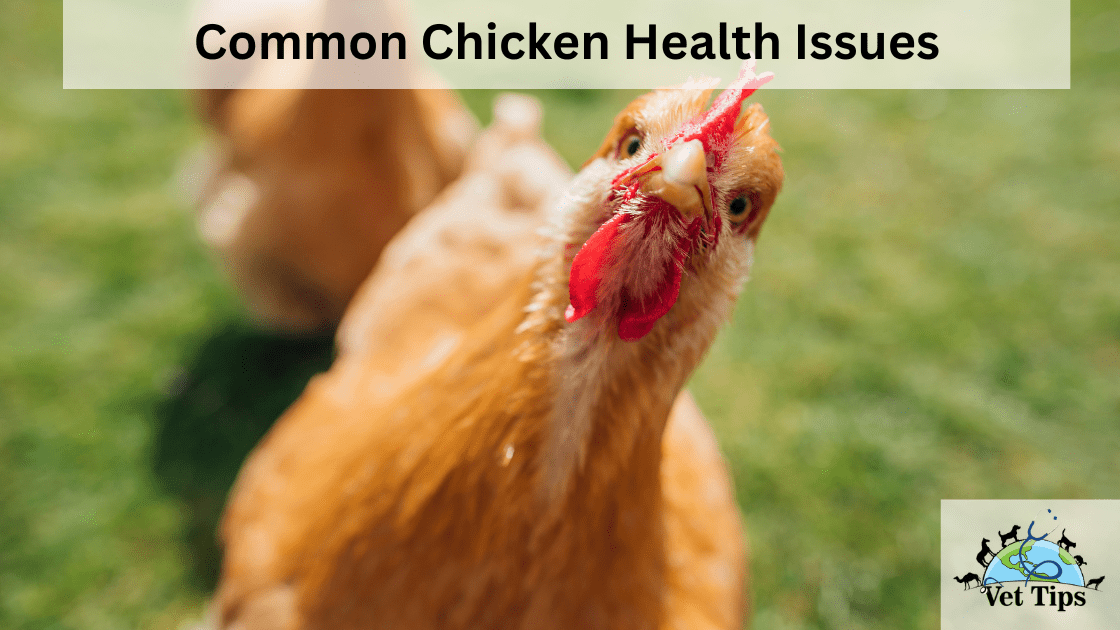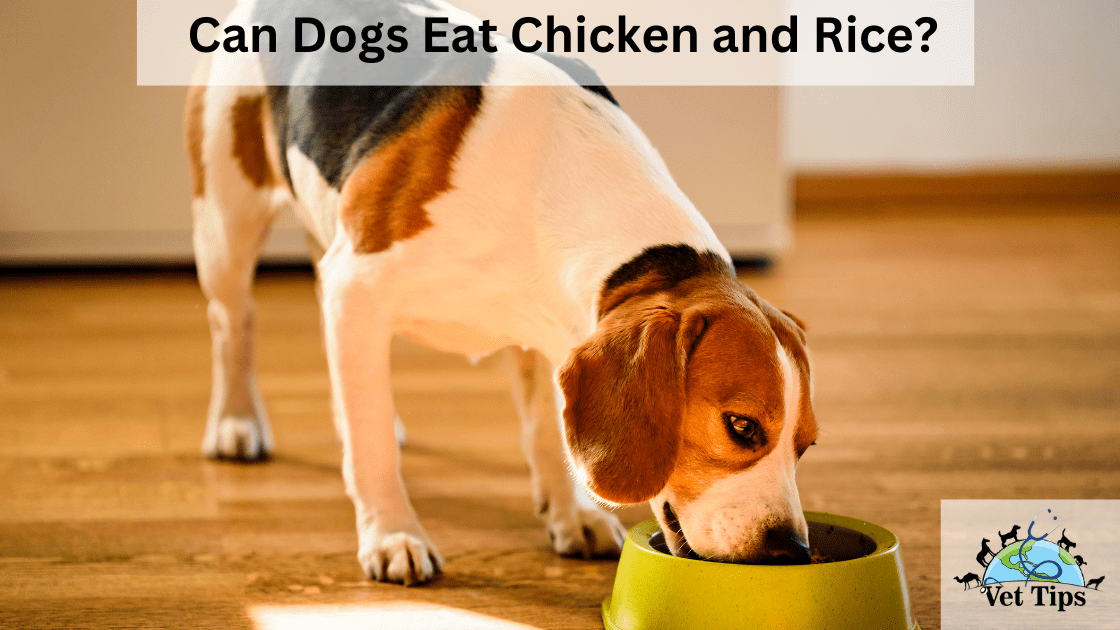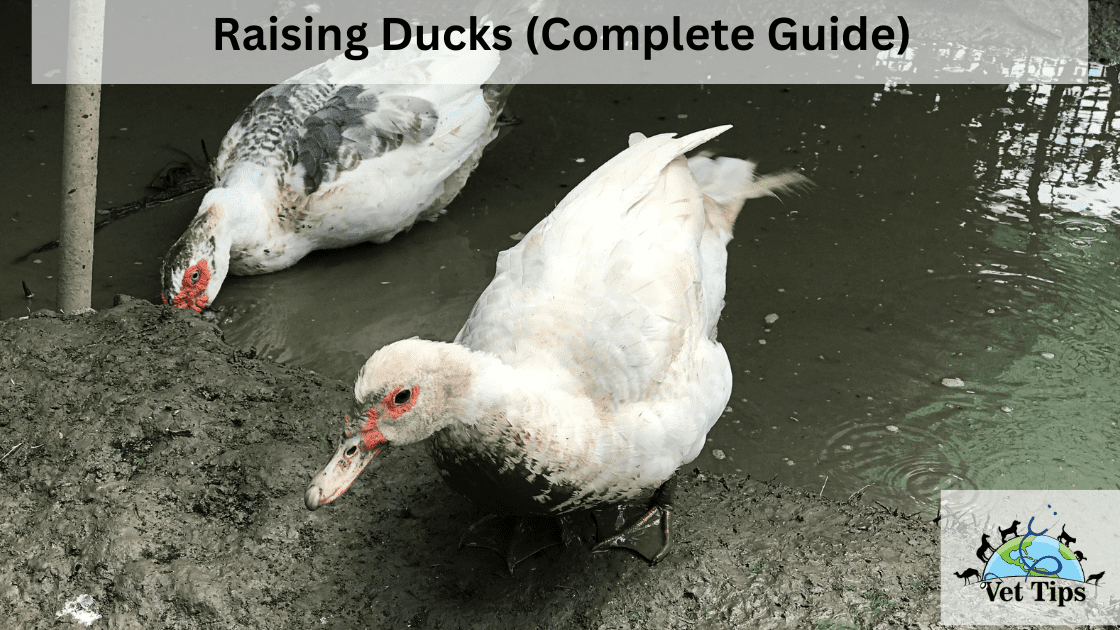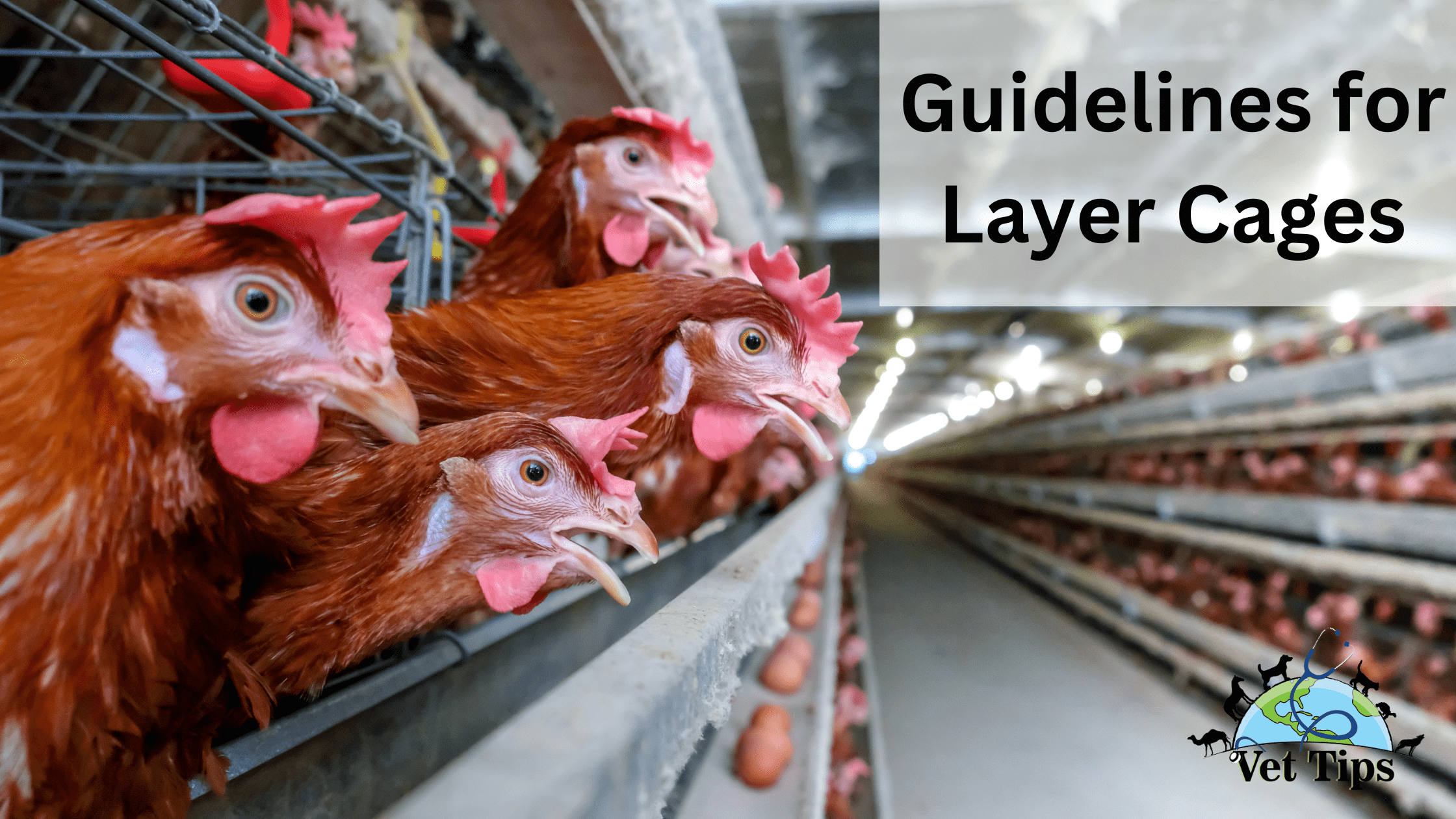Quail farming has gained popularity in recent years due to the small size of the birds and their fast growth rate. Quails are often raised for their meat and eggs, and they require less space and resources compared to larger poultry such as chickens or ducks. Here’s some information on Quail (Farming, Breeding, Management, Breeds and Growth)
Quail Management/Farming
First of all, quail is a halal bird and its farming is done worldwide.
History
- Quail is initially maintained as a singing bird and for exhibition or for fighting, Quail was domesticated in 200 B.C.
Romans and Greeks
- Roman Era
- Ancient Era (1200 AD)
- In the 12th century, quails were also maintained in different countries of the world for meat and egg production
- First scientific quail breeding was started in Japan (1940-45)
- That is why Japan is known as the first country to maintained Quail
- During the Second World War variety of Quail disappeared
- After 1950 quail farming again initiated in the world
Quail (Farming, Breeding, Management, Breeds and Growth) (Cont.)
Quail Classification:
| Phylum | Chordata |
| Sub-phylum | Vertebrata |
| Class | Aves |
| Order | Galliformes |
| Family | Phasianidae |
| Genus | Coturnix |
| Specie | Coturnix |
Zoological name of Quail is Coturnix coturnix japonica
Types of quails commonly
- Blue scaled quails
- Beard quails
- Chinese quails
- Japanese Quail
- Bobwhite quail
Common characteristics
- Naked nasal area
- Naked or un-feather shanks
- There are about 200 quail breeds are maintained
- Average weight is 120-150 grams sometimes 170-180 grams
- Bobwhite quail are originated from America, and their size is large as compared to Japanese quails
- Average weight is 180-200 gram
- Air sacs absent in neck area (pair)
- Faster growth rate
- Early sexual maturity
Production Characters
Mature body weight
- Average weight is 190 grams
Egg production
- The better strain produces 300 eggs per year
- In bobwhite quails, max egg production is 230 eggs per year
Average egg weight: 12 grams
Day-old chick weight: 7-9 grams
Hatchability: 65-75%
Male to female ratio: 1:3
Incubation period: 17 days
Quail (Farming, Breeding, Management, Breeds and Growth) (Cont.)
Management
- Floor space requirement
- Feeder space
- Watering space
- Environment
- Humidity
- Temperature
- Light
Floor system
Floor space, feeding space, and watering space is always measured in square centimeters; Watering space is half to the feeding area.
Floor vs. Litter rearing System
Litter: 2-3 inches depth is required initially; when the bottom of litter is high then the temperature is automatically raised, so all the pathogenic organism die; pH is also moderate at this temperature
Brooding
- During the first week, the brooder’s temperature is 35°C or 95F.
- Size of Quail is small (7-8 grams) as compared to chicken, that is why they require 35-37°C temperature in the first week.
- The mortality rate should not be increased up to 3-4%
Weekly temp.
The temperature of the brooder is reduced by 5F or 3°C weekly e.g.
-
- Fist week 35-37°C
- The second week 34°C
- The third week 31°C
Sexing of Birds
- Body size
- Color of the chest and lower neck feathers.
Egg production
- Japanese Quail mature at the age of 6 weeks and start laying eggs
- The average weight of quail egg is 12grams; it contains about 15% protein that is why its mineral profile is very high; Japanese Quail gives 300 eggs per year
- In case of bobwhite quail age of maturity is about 16 weeks and then they start laying eggs; they are more substantial in size and give 50 eggs/annum
- FCR of broiler quail is 2.66, and in case of layer it is above.
Tell us in the comments how you like our article “Quail (Farming, Breeding, Management, Breeds and Growth)”
For source files visit our website.
For more info like this click here



